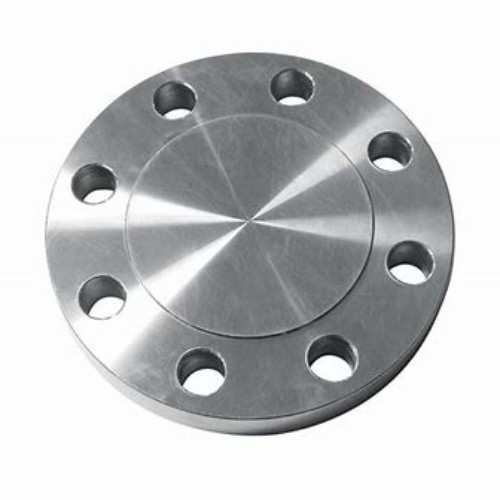check valve for sewage pump
Understanding Check Valves for Sewage Pumps
A sewage pump is an essential component in wastewater management systems, facilitating the movement of sewage and wastewater from lower to higher elevations. One critical component that enhances the efficiency and reliability of sewage pumps is the check valve. Understanding the function and importance of check valves can significantly improve the performance and lifespan of your sewage pump system.
What is a Check Valve?
A check valve is a mechanical device designed to allow fluid (in this case, sewage or wastewater) to flow in one direction only. This unidirectional flow is crucial in preventing backflow, which can lead to system malfunctions, overflows, and even health hazards. By installing a check valve in a sewage pump system, you ensure that once the wastewater is pumped out, it cannot flow back into the pump or the basin.
Importance of Check Valves in Sewage Systems
1. Preventing Backflow The primary function of a check valve is to prevent the backflow of sewage. Without it, when the pump shuts off, wastewater could flow back into the basin, risking contamination and creating a mess.
2. Reducing Pump Wear Backflow can cause the sewage pump to operate under stress, leading to premature wear and tear. By preventing this reverse flow, check valves help reduce wear, thus extending the lifespan of the pump.
check valve for sewage pump

3. Enhancing System Efficiency Check valves improve the overall efficiency of sewage pump systems. By ensuring that all the sewage is transported to the designated location without the risk of backflow, the system runs more smoothly and effectively.
4. Maintenance Ease Check valves can be designed for easy maintenance and inspection. Many models come with removable flanges or built-in access ports, allowing for straightforward access to perform necessary maintenance without extensive downtime.
Choosing the Right Check Valve
When selecting a check valve for your sewage pump, there are several factors to consider
- Material Choose materials that can withstand harsh conditions, such as corrosion-resistant options like PVC or stainless steel. - Size Ensure the size of the check valve matches the diameter of the sewage pipe to ensure proper flow and function. - Type Different types of check valves are available, including ball check valves and swing check valves. Assess the specific needs of your system to determine the best type.
Conclusion
Incorporating a check valve into your sewage pump system is not just a good practice; it is essential for maintaining the integrity and efficiency of the system. By preventing backflow, reducing wear on pumps, and enhancing overall flow performance, check valves play a pivotal role in effective sewage management. Regular inspection and maintenance of both the pump and check valve ensure that your wastewater system operates smoothly, safeguarding your property from sewage-related issues.
-
Breakthrough in Domestic Low Temperature Valve Technology in ChinaNewsAug.18,2025
-
From Machinery to Intelligent Brain: The Digital Transformation Wave of the Valve IndustryNewsAug.18,2025
-
PCVEXPO 2025NewsAug.18,2025
-
The Key to Fluid Control: Exploring the Advantages of Ball Valves in Industrial SystemsNewsJul.09,2025
-
The Versatile World of 1, 2, and 3 Piece Ball ValvesNewsJul.09,2025
-
Stainless Steel Ball Valves: The Ideal Choice for Efficient Flow ControlNewsJul.09,2025
-
Optimizing Fluid Control with Ball Float ValvesNewsJul.09,2025




